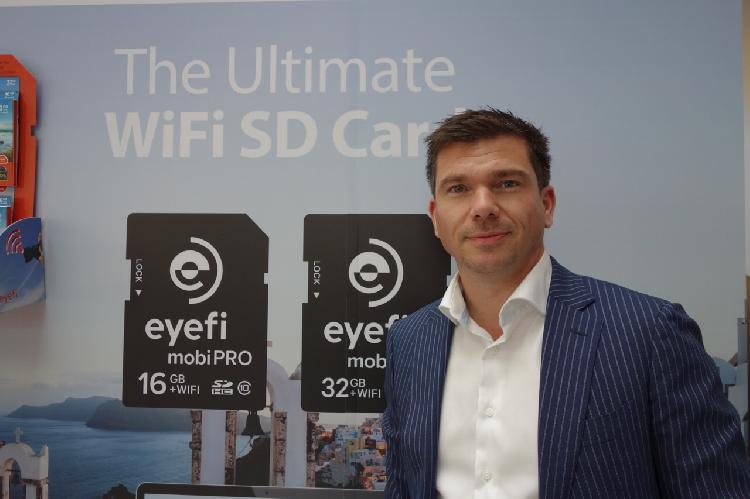
From Pinhole to Smartphone: Evolving Cameras, Evolving Needs
When photography was first invented – some 175 years ago – it took just over eight hours to take a photograph. Nowadays, it takes less than a second. And in an additional second, the photograph can be shared online with hundreds, or even millions of people.
The technology noticeably moved from analog to digital, and now a photograph is just a smartphone away. Soon, it might just be a Google Glass away, or maybe even a chip in your brain away – on a side note, this is not a science fiction corollary, but a technology currently under construction.
“Photography has always been deeply enmeshed with technology, and so as technology takes leaps forward, so does the act of taking a photograph. With the latest technology, photography has transitioned into a democratic medium – we’ve seen some amazing shifts in what photography can be, and who can take a photograph,” said Niels van der Valk, Vice President of Worldwide Sales at Eyefi.
He added: “Today, the number of people with the capability to take a photograph has scaled up dramatically – the act of taking a photograph has become affordable and ubiquitous. And with this increase, photo management solutions too have evolved.”
The need for photo management solutions to augment themselves with new features is obvious: some fifteen years ago, you had up to thirty-two opportunities to get a decent picture with a single roll of film, so you didn’t waste a single frame. Only special moments, scenes, and things warranted a shot. Today, you can shoot a limitless number of photographs of a single scene, using any type of camera including your smartphone that you carry around with you absolutely everywhere.
In the age of affordable smartphones and DSLRs, photo-sharing on Facebook, Instagram, and other social networks, we're taking more photos than ever before. This behavior, though, spawns two problems: the first is excessive digital clutter. And the second is creating a workflow that enables multiple back-ups – whether you’re a professional photographer, a mom with four kids, or a world traveler, one catastrophic hard drive failure can wipe out months, or even years, of precious photos.
“Trying to figure out where a photo is from, when it was taken, and with what camera it was taken can be a complicated and stressful process. What today’s photographer needs is a photo management solution that automates these processes. So, ideally, you should be able to point your lens, focus, and click. The rest of the process – from backing-up your photograph, to syncing it with your other devices, to storing it in an organised manner – is all taken care of by your photo management solution,” explained Valk.
With this in mind, Eyefi recently upgraded its Wi-Fi SD product line and Eyefi Cloud, which are now designed to work in tandem and automate most of the manual processes photographers have to go through.
“Eyefi’s smart apps automatically download photos from Wi-Fi cameras and push them to Eyefi Cloud, where they are consolidated and organised with all other photos and videos. Together, Eyefi Mobi cards, mobile apps, and Eyefi Cloud are now capable of consolidating, organising, syncing, and archiving images, and significantly reducing the time it takes to manage, find, and share photographs and videos. We believe any photo management solution should at the very least be able to deliver these features to its users,” concluded Valk.



























